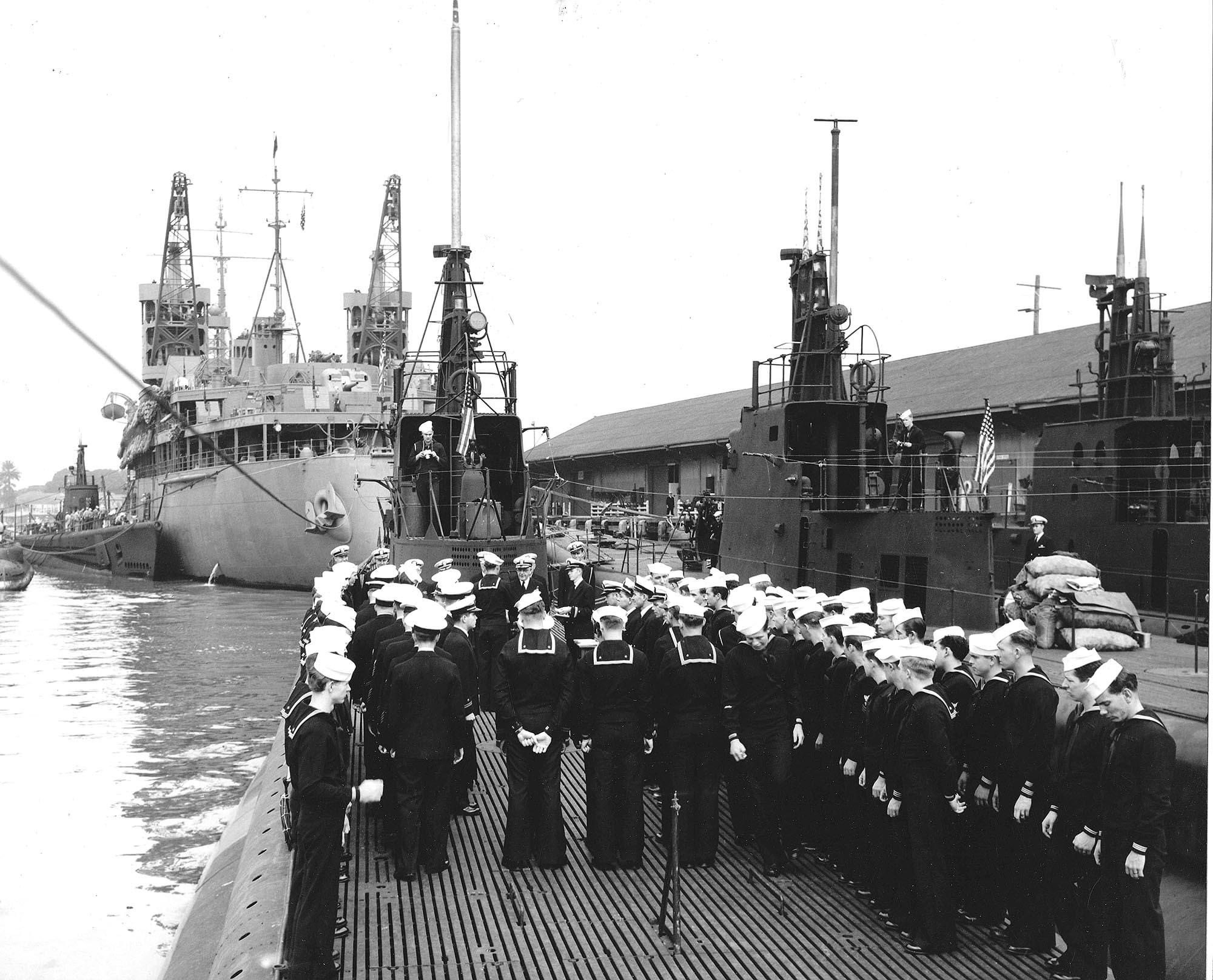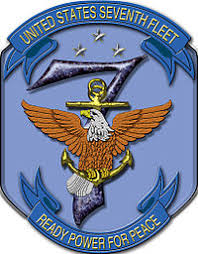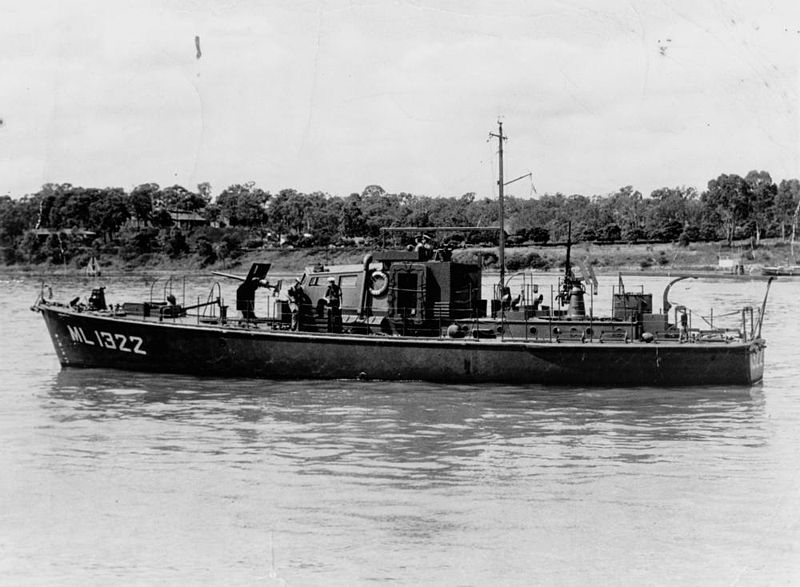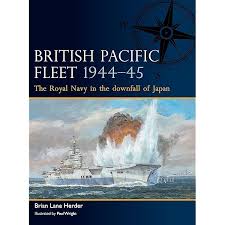During the Second World War, Brisbane served as a major Allied base in the Southwest Pacific Area, hosting General Douglas MacArthur’s General Headquarters (GHQ) and becoming the centre of a vast network of land, air, and naval operations. For the United States Navy, Brisbane was not just a staging point—it was the command and logistical heart of its shore-based operations in the region. These activities were brought together under the umbrella of Naval Base 134, the central US Navy administrative and logistical command in the city.
From this base, the Navy supported the operations of the US Seventh Fleet, managed a major submarine flotilla, and oversaw the flow of personnel and supplies through Brisbane’s wharves to key forward installations.
Naval Base 134 – the organisational hub

Established in 1942, Naval Base 134 was the US Navy’s shore-based command in Brisbane. It was not a single installation but a decentralised network of facilities spread across the city, responsible for personnel management, supply, maintenance, communications, and port operations. It operated under the US Navy’s Pacific command but worked closely with General MacArthur’s Southwest Pacific Area (SWPA) headquarters. The base provided the critical infrastructure that enabled ongoing naval support for campaigns across New Guinea and into the Philippines.
The Seventh Fleet – combat force supported from shore

The US Seventh Fleet, formally created in early 1943, was based in Brisbane and operated under MacArthur’s direct control for combat operations. It carried out amphibious assaults, escort missions, and shore bombardments as the Allied forces advanced across the Pacific. The fleet itself was not under Naval Base 134, but it was heavily reliant on the base for logistics, personnel transfers, and maintenance. Naval and fleet commands were closely linked, with overlapping duties in planning and coordination.
Receiving Barracks and naval headquarters
One of the core functions of Naval Base 134 was the management of personnel. The Receiving Barracks processed thousands of sailors arriving in Brisbane before deployment to ships or shore-based units. Administrative leadership was headquartered on the 5th floor of the AMP Society Building on Queen Street. On the 8th floor MacArthur had his office. This proximity reflected the close, if at times strained, working relationship between naval and army command in the city.
Submarine operations – integrated within Naval Base 134
Another key component of Naval Base 134 was the US Navy submarine base at New Farm, established in mid-1942. It supported the operations of Submarine Squadron 5 (later SubRon 7), which included Gato- and Balao-class submarines conducting long-range patrols throughout the western Pacific.
The base was also used by submarines supporting the Coastwatchers.
The submarine facilities included torpedo storage, fuel supplies, and crew accommodations. While submarines were operationally independent, they relied entirely on Naval Base 134 for support. Brisbane became, alongside Fremantle, one of the principal Allied submarine bases in the Southern Hemisphere.

A multinational force in a shared command space
The US Navy’s Brisbane-based operations were supported by several Allied navies. The Royal Netherlands Navy, having relocated to Australia after the fall of the Dutch East Indies, contributed warships, submarines, and support personnel. The Dutch merchant navy provided the bulk of transport for the Seventh Fleet and was arguably the most significant Dutch contribution to the Pacific War.
The Royal Australian Navy also integrated ships into Seventh Fleet operations, including destroyers, corvettes, and landing craft. These Allied forces operated within the broader SWPA structure and were supported by the logistics and administration provided through Naval Base 134.
Recreation, medical, and support facilities
Naval Base 134 oversaw a range of support services for its personnel. The main US Navy Officers Club was located in New Farm, providing a riverside retreat for senior officers. Lennon’s Hotel in George Street hosted formal events and accommodated officers from all services. Medical and dental clinics, communications outposts, and supply depots were spread throughout the suburbs, creating a network of naval infrastructure embedded into civilian Brisbane.

Transition to British use in 1945
As US naval operations shifted northward to the Philippines in late 1944, Brisbane’s prominence as a frontline base declined. However, the existing infrastructure was not abandoned. British Commonwealth forces, particularly those preparing for the liberation of Southeast Asia, made use of US Navy facilities in Brisbane during 1945. Elements of the Royal Navy and British Pacific Fleet employed former Naval Base 134 depots, wharves, and administrative spaces for staging and logistics, with assistance from Australian personnel. While Sydney and Fremantle became the main British naval hubs, Brisbane offered valuable rear-area support during the final phase of the war.
Legacy
Brisbane’s role in the Pacific War, and especially the integration of combat and support functions through Naval Base 134, left a lasting legacy. While many wartime buildings have vanished or been repurposed, sites like the MacArthur Chambers Apartments, Pinkenba Wharf, New Farm, and Camp Columbia remain visible markers of the city’s wartime transformation.
The coordination between the Seventh Fleet, submarine operations, merchant and Allied navies illustrates the scale and complexity of the Allied war effort. Naval Base 134 was the invisible engine behind that effort—linking strategy, supplies, and international cooperation into a unified system that helped turn the tide of war in the Pacific.
With thanks to: Peter Dunn’s “Australia @ War” at www.ozatwar.com
Further reading
Wheeler, Gerald E. Kinkaid of the Seventh Fleet. Naval Institute Press, 1995
MacArthur, Douglas. Reminiscences. McGraw-Hill, 1964
Gill, G. Hermon. Royal Australian Navy 1939–1942 and Royal Australian Navy 1942–1945. Official History of Australia in the War of 1939–45
Morison, Samuel Eliot. History of United States Naval Operations in World War II (15 vols), particularly vols 6–10
Coulthard-Clark, Chris. Action Stations Coral Sea. Allen & Unwin, 1991
Stuart, I. M. Submarine Base Brisbane: 1942–1945. Brisbane History Group Papers
